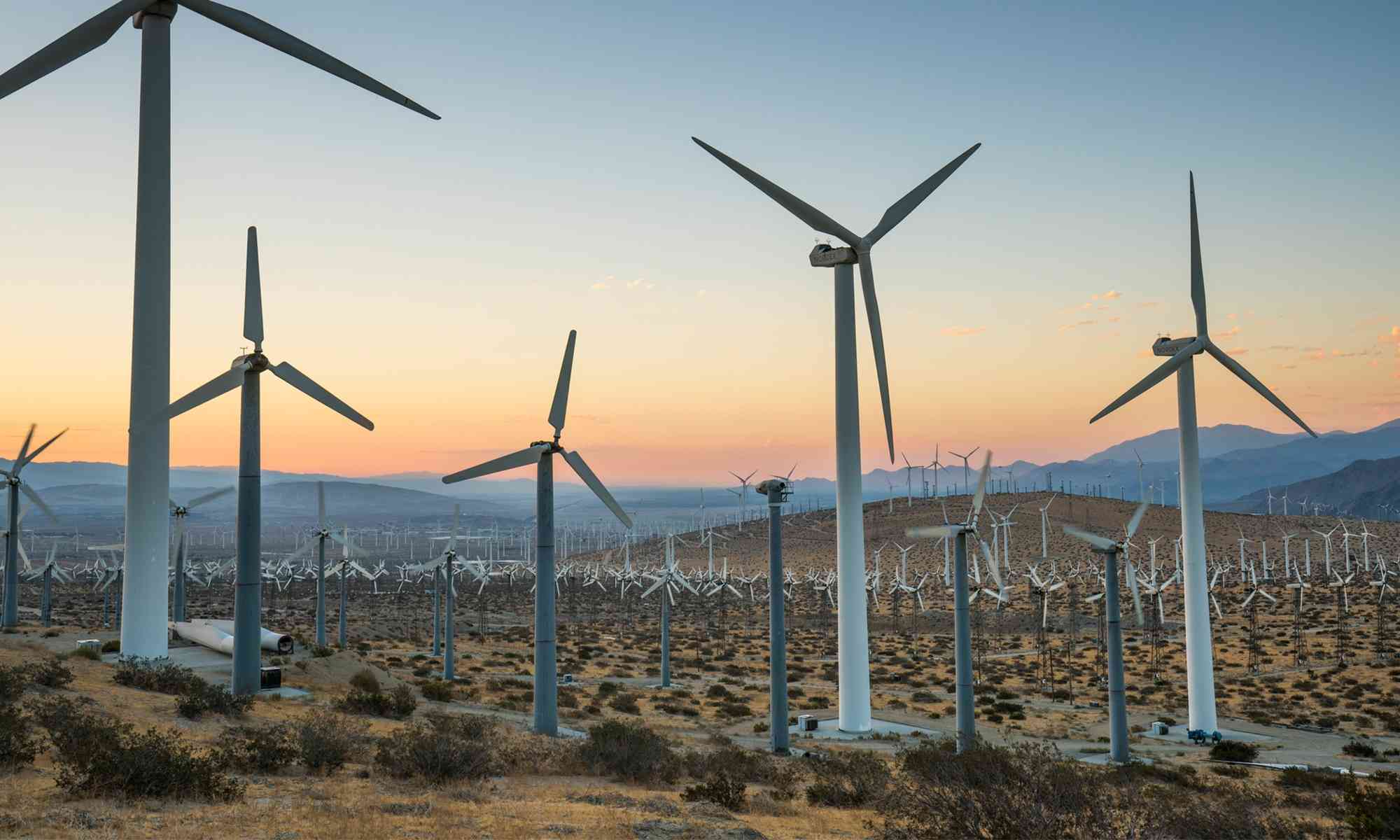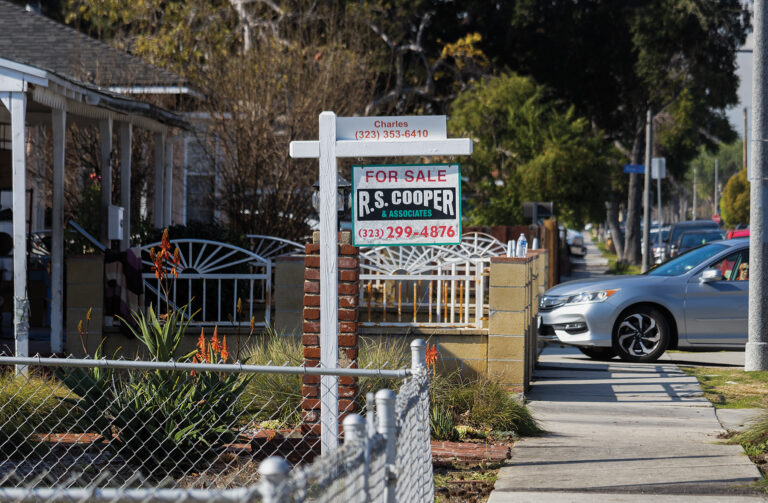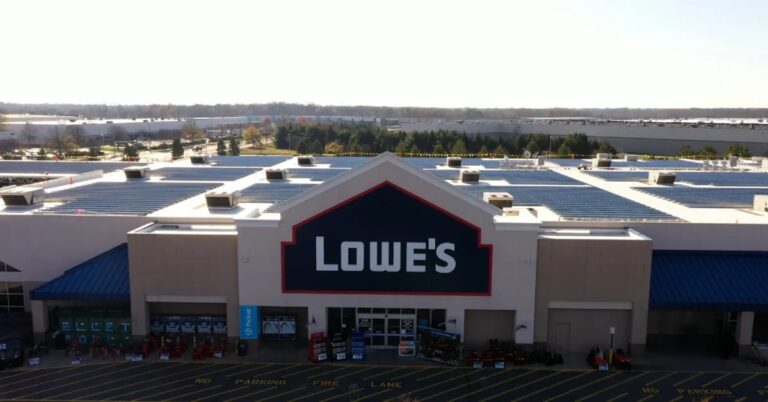Hawaii is about 40% of the way to completely using renewable energy resources.
While the target is 100% green energy production, another target is zero — for carbon emissions.
“We have to emit less greenhouse gases than we use as a state. We are not going to get there through electrification, it is not feasible,” said Hawaii State Energy Office Public Affairs Officer Claudia Rapkoch.
But electrification is a big component to cutting down on using fossil fuels, and is part of the state’s goal of using 100% renewable fuels by 2045.
In order to do so, Hawaiian Electric wants use new technology and energy production methods while expanding current programs in place.
“Whether it is geothermal, hydrogen, biomass or ocean thermal conversion, there is so much potential out there. We want to take advantage of it when it becomes practical for our customers,” stated Hawaiian Electric Spokesman Darren Pai.
HECO would also like to get more residents to produce and store their own energy, because an estimated 40,000 more rooftop solar systems need to go in.
When it comes to large projects, HECO aims to add 7 times the amount of production from all current wind and solar farms combined.
“They need to put more emphasis on distributed generation within communities, because that is popular. It’s not popular to place large scale commercial productions in neighborhoods,” said Life of the Land Executive Director Henry Curtis.
That is why part of Hawaiian Electric’s proposed Integrated Grid Plan could provide some benefits to communities where those big projects go in.
“If we say to a community, we will give you 25% reduction to electricity rates by having a large solar farm nearby – that might be acceptable to a community,” added Curtis.
People may be concerned about the additional costs of all this new technology, worrying it could drive up their electric bill.
“Customer bills will hopefully remain flat going from here,” countered Pai.
He added, initial costs may be higher but in the low run costs for renewable energy could end up be lower and more stable than with oil, which can sometimes wildly fluctuate in price, “We have seen the problems from being reliant on one source of energy, so having a good mix is good for our future.”
The price of electricity jumped when the price of oil spiked last year. Kauai has the highest renewable energy usage of all the islands, which means least reliance on oil, and the Garden Isle saw the lowest change in price.
“Decoupling from fuel markets will help us bring stability and control to energy prices here, and that will benefit everyone,” added Rapkoch.
Hawaiian Electric’s integrated grid plan is now being reviewed by the Public Utilities Commission to see if it works for communities and the state.
Source: KITV




